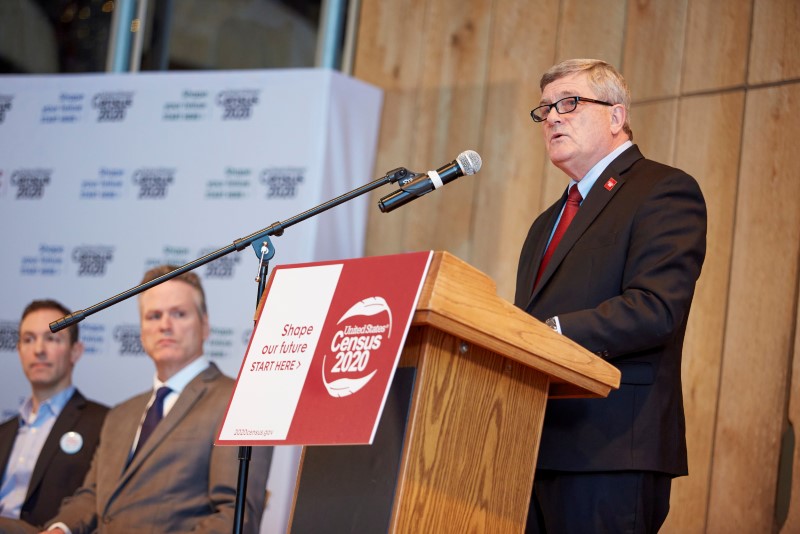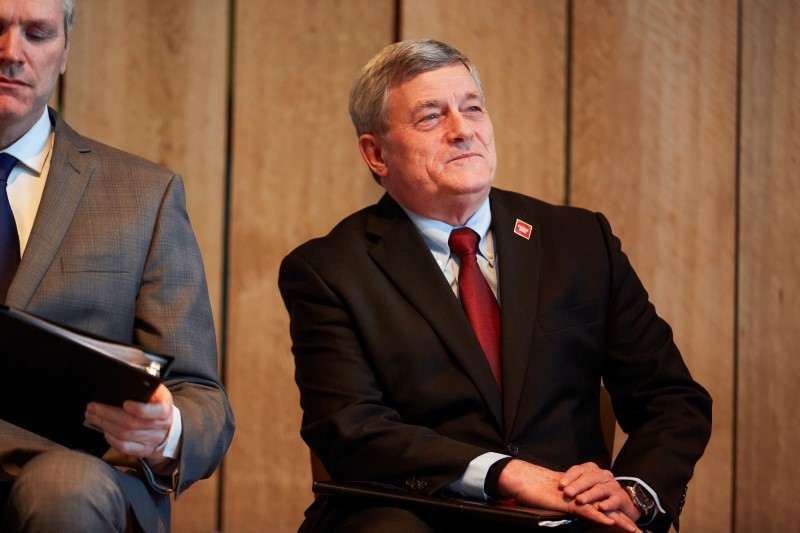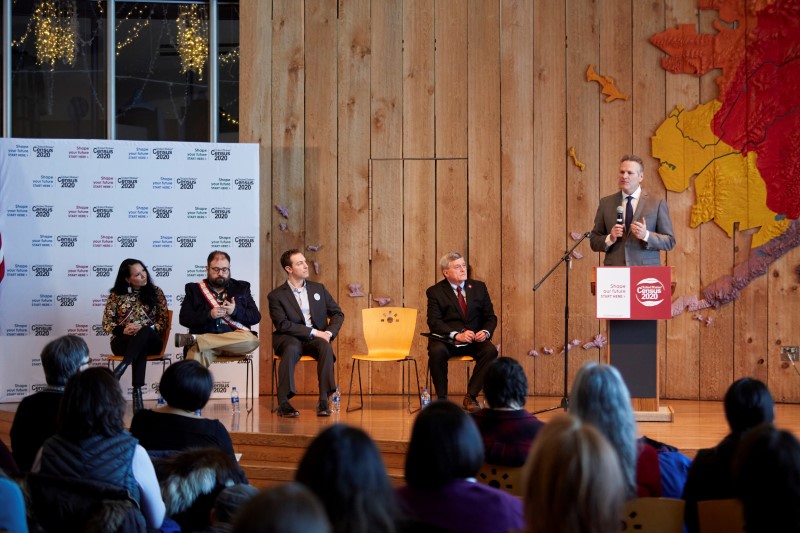The U.S. census is set to kick off in a remote Alaska Native village
The 2020 count begins Tuesday in Toksook Bay.

ANCHORAGE, Alaska — This year’s once-a-decade official U.S. national population count will start in a small Alaska Native village perched on the tundra overlooking the Bering Sea. Daytime temperatures will be well below freezing.
The 2020 U.S. census is due to launch on Tuesday in Toksook Bay, a Yup’ik hamlet about 500 miles (800 kilometers) west of Anchorage, the state’s largest city. Census Bureau Director Steven Dillingham himself is scheduled to conduct the first in-home interview, with an elder chosen by the local tribe.
The Census Bureau has a long tradition of kicking off the count in rural Alaska months before it gets under way in the Lower 48 states. There are good reasons for that tradition, Dillingham told a Friday news conference in Anchorage.
“Counting those who are in hard-to-reach villages has been a challenge for the Census Bureau every decade since 1870,” Dillingham said, referring to the first count after Alaska became a U.S. territory.
Alaska’s geography is vast, much of it lacking road connections, and ground transportation depends on seasonally frozen conditions, he said.
Getting a head start in remote Alaska also ensures that census takers can properly account for those who migrate with the change of seasons.
“We must make sure we count residents who may leave before the spring thaw, when they go back to either fish or hunt or take maybe warm-weather jobs,” Dillingham said.
Toksook Bay, where forecasts call for a daytime high temperature of just 13 degrees Fahrenheit (minus 10 degrees Celsius) on Tuesday, has a population of 683, according to state data, and depends on commercial fishing and traditional harvests of wild foods.
For the village, the status as first to be counted is an honor, said tribal leader Robert Pitka, administrator of the Nunakauyak Traditional Council.
“I have no words to explain how special it is,” he said.
The visiting census workers and the accompanying crowd of journalists chronicling their effort will be greeted by Alaska Native dancers and a feast of traditional foods, Pitka said.
Pitka said he hopes the visitors will learn about Yup’ik culture. “They will see the lifestyle that we have. It’s remote. We don’t have roads,” Pitka said.
Festivities aside, the census is serious business for Alaska Natives in Toksook Bay and elsewhere.
Mandated by the U.S. Constitution and now conducted largely by telephone and internet, except in remote areas, the census is used to set legislative districts. It also determines funding for a wide array of social programs ranging from education to transportation and housing assistance.
But census undercounting is a chronic problem for the nation’s indigenous residents, many living in remote locales without street addresses. The Census Bureau has estimated its 2010 census missed 4.9 percent of Native Americans living on reservations. Undercount estimates for Alaska Natives, who do not live on reservations, range as high as 8 percent.
Pitka said he is one of those who might have been skipped when census takers last visited Alaska.
“I don’t recall it taking place 10 years ago,” he said. “I don’t know if I was even counted.”
To improve its count, the Census Bureau is increasing its efforts to communicate in indigenous languages.
Pitka said he hopes events in Toksook Bay will inspire greater participation.
“The message must go out strong from Toksook Bay to all the villages in Alaska,” he said.


